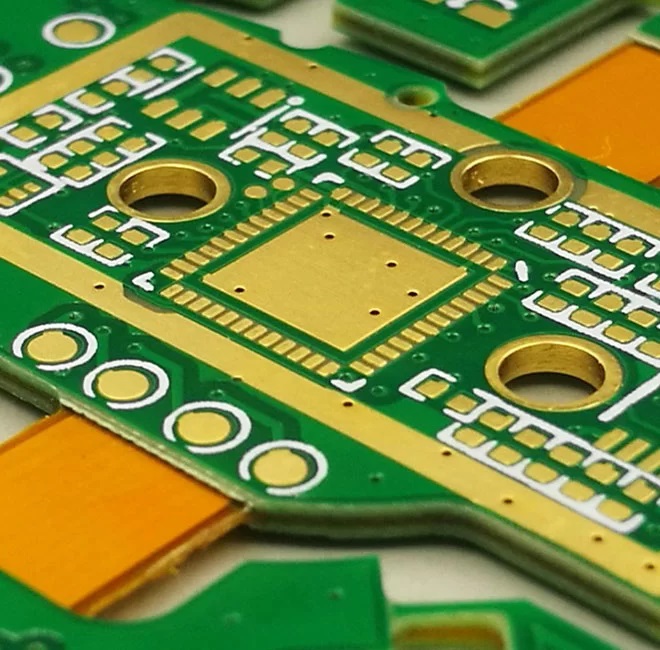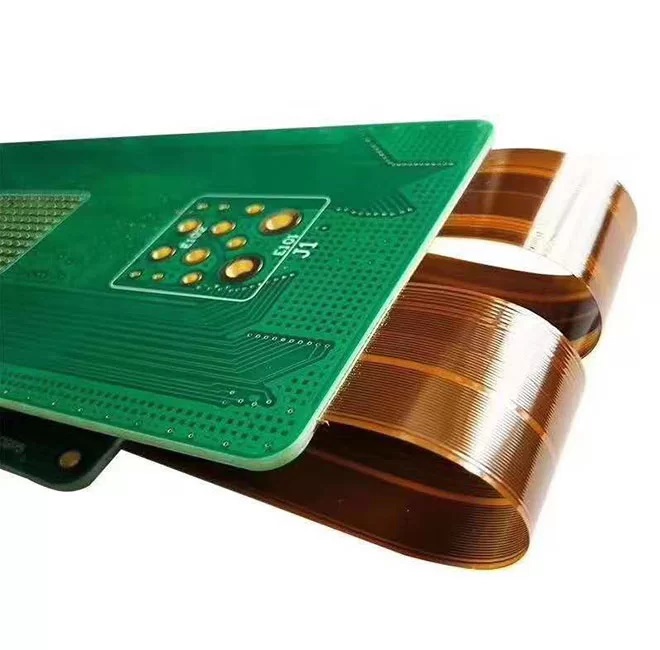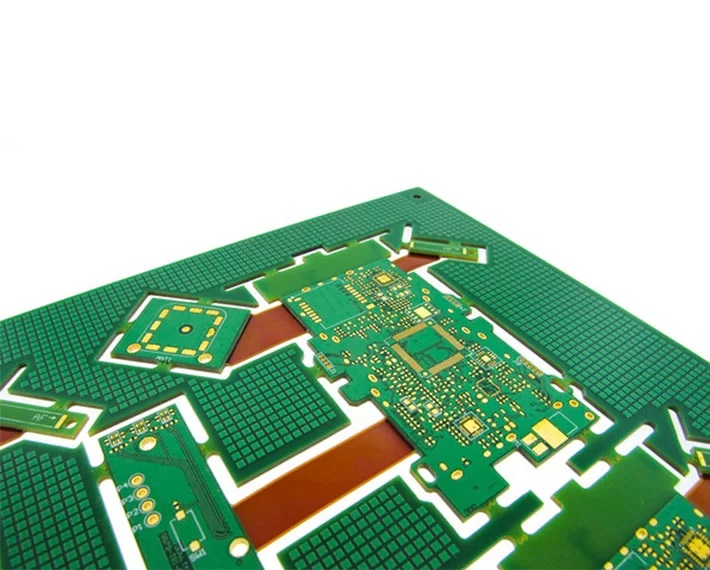Rigid-flex PCB

overview
What is a Rigid-flex PCB?
A Rigid-flex PCB is a combination of both rigid and flexible substrates. It uses the advantages of rigid and flexible PCBs, and is designed to connect subcircuits on rigid PCBs. The design is created in a 3-dimensional environment allowing for greater circuit complexity and more options for system integration. Rigid-flex PCBs also feature high density laminated structure, hole filling and electroplating, hole stacking, and sheet and surface flatness requirements. These features allow for improved electrical and mechanical performance, as well as land reduction, cost savings, and improved thermal performance.
Why Use a Rigid-flex PCB?
Rigid-flex PCBs offer many advantages over traditional rigid PCBs. One of the most significant advantages is a reduction in solder joints, which ensures higher connection reliability. Additionally, using Rigid-flex PCBs offers space-saving and cost advantages compared to rigid PCBs, as fewer components and less materials are needed. Furthermore, testing of Rigid-flex PCBs is easier, as all the subcircuits are already interconnected, eliminating the need to test each component separately. Finally, Rigid-flex PCBs are usually fitted into an enclosure, ensuring additional protection and increasing the overall robustness of the PCB.


Materials used to manufacture Rigid-flex PCB
A rigid-flex PCB uses two different materials to manufacture a board – flexible polyimide material and FR4 board. Typically, the flexible polyimide material is a heat-resistant film that is laminated onto a copper cladding substrate, forming a flexible layer that is able to bend and stretch while maintaining its structure. The FR4 board is the rigid layer that is placed on top of the flexible material, providing a substrate that is strong, durable, and reliable. The combination of these two materials allows the manufacture of a rigid-flex PCB that is able to flex and bend while still providing the necessary strength to meet the application requirements.
